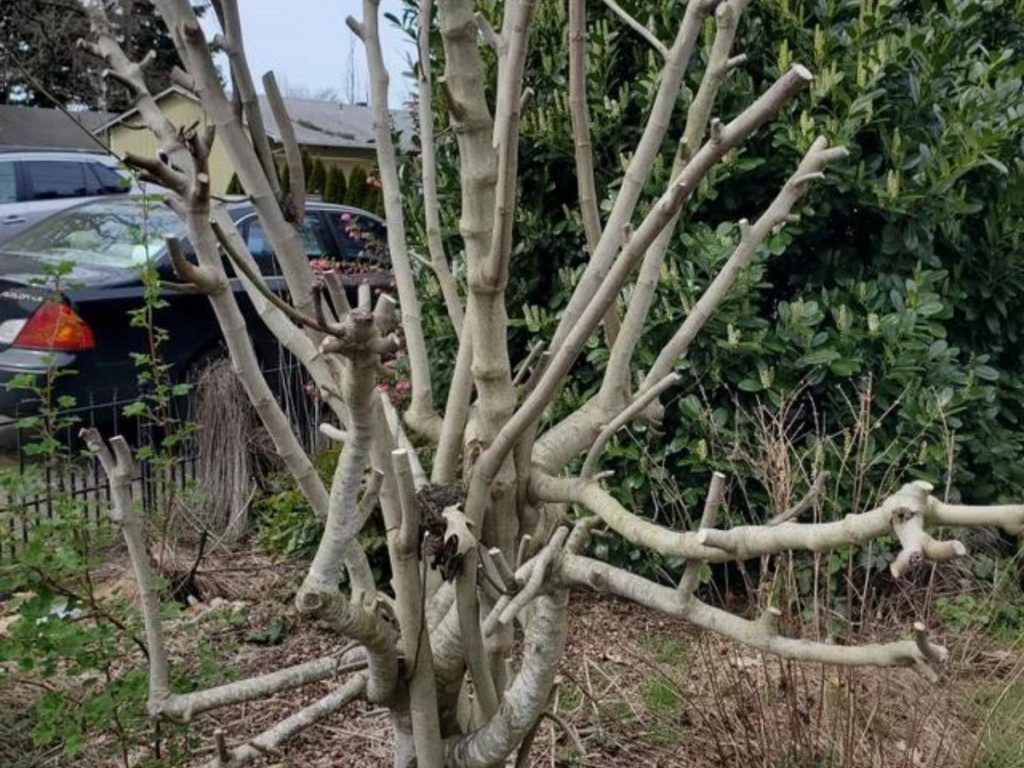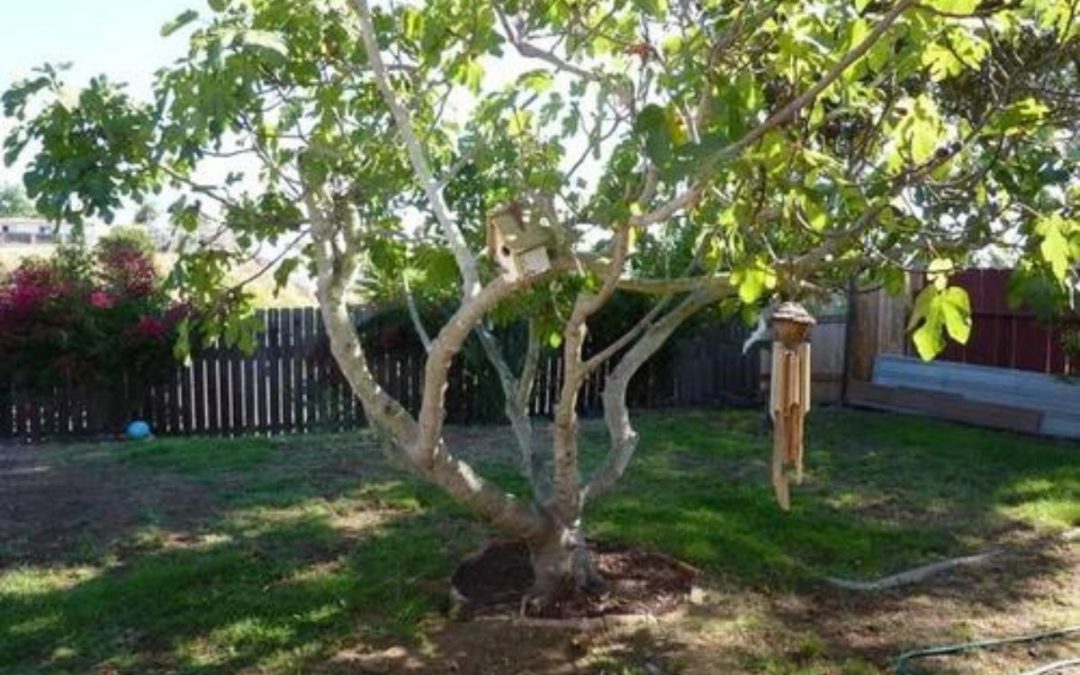How and When to Prune Your Fig Tree
A fig tree is a beautiful addition to any home. Not only does it provide grapes for eating and wine-making, but it also can be used as privacy hedges, windbreaks, and shade trees. Like all plants, however, fig trees need to be pruned to stay healthy and productive.
If you have a fig tree in your yard, you may be wondering how to prune it. Fig trees are all different, so there is no one-size-fits-all answer to this question. However, there are some general tips that will help you get started. Keep reading to learn more about how to prune a fig tree.
The Many Benefits of Fig Trees
If you’re thinking of planting a fig tree, you may be wondering what the benefits are. Fig trees are not only beautiful and stylish additions to any home, but they also come with a whole host of benefits. Here are just a few of the many reasons why fig trees make great additions to any home.
Fig trees are low maintenance.Fig trees are relatively low maintenance, especially compared to other fruit trees. They don’t require much in terms of pruning or fertilizing, and they’re resistant to most pests and diseases. This makes them ideal for homeowners who don’t have a lot of time to spend on yard work.
Fig trees produce delicious fruit. Of course, one of the biggest benefits of fig trees is that they produce delicious fruit. Fig trees bear fruit twice a year, and each tree can produce up to 50 pounds of fruit per season. The fruits can be eaten fresh, canned, or dried, making them a versatile addition to any kitchen.
Fig trees can add value to your home. Because fig trees are such attractive plants, they can actually add value to your home. If you plan on selling your home in the future, having a fig tree in the yard is sure to boost its curb appeal and help you get top dollar for your property.
Fig trees provide needed shade. Another benefit of fig trees is that they provide much-needed shade during the hot summer months. If you have a fig tree in your yard, you’ll be able to enjoy being outside without being overheated by the sun’s rays. Figs Trees also provide excellent windbreaks, making them ideal for homes in windy areas.
What is Fig Tree
Figs are one of the oldest fruits known to man, and fig trees have been cultivated for centuries. Today, fig trees are still a popular choice for homeowners and tradesman alike. But what is a fig tree? Read on to find out!
A fig tree is a deciduous tree that is native to temperate climates. The tree typically grows to a height of 20-30 feet and has large, lobed leaves. The fruit of the fig tree is called a fig, and it is typically reddish-brown in color. Figs are rich in vitamins A and C, as well as minerals such as potassium and magnesium.
Fig trees are relatively easy to care for, but they do require some attention. Watering should be done regularly, especially during the summer months when the tree is actively growing. Fertilizing should be done every couple of months using a balanced fertilizer. pruning should be done every year to remove any dead or diseased branches.

Why Prune Fig Trees?
Though often overlooked, fig trees can be a great addition to any home. Not only are they aesthetically pleasing, but they also provide a number of benefits. From improving fruit production to preventing disease, pruning your fig tree can help it stay healthy and produce a bountiful crop. Read on to learn more about the advantages of pruning fig trees.
Pruning Increases Fruit Production: One of the main reasons to prune a fig tree is to increase its fruit production. By thinning out the branches, you allow more sunlight and air to reach the center of the tree, which in turn boosts fruit production. Not to mention, pruning also encourages the growth of new fruit-bearing branches. If you want your fig tree to produce a plentiful crop each year, regular pruning is essential.
Pruning Prevents Disease: Another benefit of pruning is that it helps prevent disease. Diseased or damaged branches can spread infection to other parts of the tree, so it’s important to remove them as soon as possible. In addition, by regularly pruning your fig tree, you can keep an eye out for early signs of disease and take action before the problem gets worse. Regular pruning is essential for maintaining a healthy fig tree.
Pruning Improves Aesthetics: In addition to being beneficial for the health of your fig tree, pruning can also improve its appearance. Overgrown trees can look unkempt, so regular pruning is necessary to keep them looking their best. Not to mention, by carefully shaping your tree, you can create a beautiful focal point in your garden or yard. Whether you’re looking for improved fruit production or enhanced aesthetics, regular pruning is key.
How to Prune a Fig Tree
Pruning a fig tree is not difficult, but it is important to do it correctly to avoid damaging the tree. The best time to prune a fig tree is in late winter or early spring before the new growth begins. You will need a sharp pair of pruning shears and gloves to protect your hands from the thorns on the branches.
Spring is the perfect time to take care of your fig tree.
Here are a few tips on how to prune your fig tree.
First, you need to identify the three main types of fig trees—those that produce fruit on last year’s wood, those that produce fruit on current year’s wood, and those that produce fruit on both. You’ll want to prune your tree based on the type you have.
If you have a fig tree that produces fruit on last year’s wood, then you’ll want to prune it in late winter or very early spring before new growth begins. Cut away any dead or diseased wood, as well as any crossed or rubbing branches. Next, thin out the remaining lateral branches so that there are only 6-8 per foot of main stem. Finally, cut back any overly long branches by one-third to one-half their length.
If you have a fig tree that produces fruit on current year’s wood, then you’ll want to prune it in late winter or very early spring before new growth begins. Cut away any dead or diseased wood, as well as any crossed or rubbing branches. Next, thin out the remaining lateral branches so that there are only 6-8 per foot of main stem. Finally, cut back all remaining lateral branches by one-half their length.
If you have a fig tree that produces fruit on both last year’s wood and current year’s wood, then you’ll want to prune it twice a year—once in late winter or early spring before new growth begins, and once in mid-summer after the first fruits have ripened. For the late winter/early spring pruning, follow the same instructions as for those trees that bear fruit on current year’s wood. For the mid-summer pruning, remove any dead or diseased wood, as well as any crossed or rubbing branches. Then thin out the lateral branches so that there are only 6-8 per foot of main stem remaining. Finally, cut back all remaining lateral branches by one-quarter their length.
Pruning is an important part of keeping your fig tree healthy and productive. By following these simple tips, you can ensure that your fig tree will bear plenty of delicious fruit for years to come!
When pruning a fig tree, always make clean cuts at a 45-degree angle just above an outward-facing bud or side shoot. This will encourage new growth in the desired direction. Avoid leaving stubs, as these can invite disease into the tree. And never top a fig tree! Topping creates weak growth that is susceptible to wind damage and breaking.
Conclusion:
As you can see, there are many reasons to prune your fig tree on a regular basis. From increasing fruit production to preventing disease, regular pruning is essential for keeping your tree healthy and happy. So next time you’re considering skipping a trimming session, remember all of the benefits that come with taking care of your fig tree. Your trees will thank you!
By following these simple guidelines, you can keep your fig tree healthy and productive for many years to come. Regular pruning will also ensure that your figs are large and tasty come harvest time!

